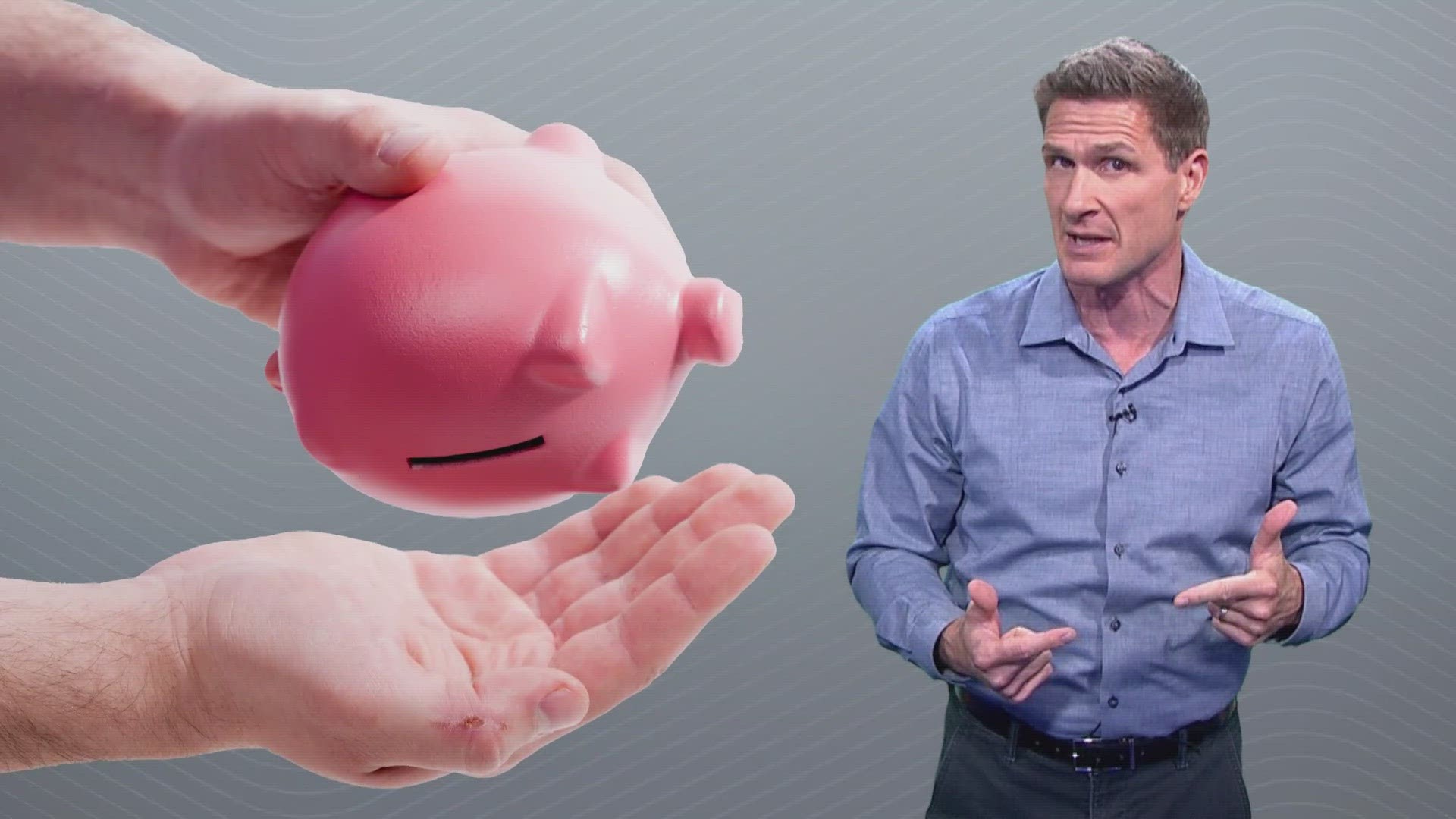DALLAS — Your nest egg…you take such good care of it…growing it and protecting it. But then, something big comes up that makes you hungry for cash and you decide it is time to crack that egg open and eat it.
More 401(k) participants taking money out
The latest retirement account report from Bank of America reveals a jump in the number of 401(k) plan participants who are dipping into their retirement savings, either for a 401(k) loan or a hardship withdrawal.
Sometimes you may not be able to avoid making a move like that, but these can be expensive ways to get that cash. The hardship withdrawal is the more expensive way.
The costs
To illustrate how much more expensive a withdrawal like that can be versus taking out a 401(k) loan, Fidelity ran the numbers for both scenarios if a 45-year-old took out $15,000. By the time the person turns 67, Fidelity figures that getting that money through a withdrawal instead of a loan set back the person’s 401(k) balance by $66,812.
Here’s why: As the Internal Revenue Service points out: Under a hardship withdrawal, the amount you take out is subject to income taxes and a 10 percent penalty. And when you withdraw money from your 401(k) that way, you do not pay it back. “Future you” will not get that money.
With a 401(k) loan, you can take out up to 50% of your vested account balance, or $50,000, whichever is less. You usually have a maximum of five years to pay it back to your account with interest. So, “future you” does get the money back.
But there are potential drawbacks. Some plans will not let you keep contributing to your 401(k) while you are repaying a loan, so you may miss years of your contributions and matching contributions from your employer.
Also, in the years you are paying back the loan, the amount you took out is no longer in your account and growing. And that costs you. If you want to know how much, Bankrate has a calculator where you can play with the numbers. It becomes more costly the further you are out from retirement because you are interrupting the growth of your money early and that affects all the years that follow.
Younger 401(k) participants increasing contributions
That brings us to one more observation from the Bank of America retirement report. In the most recent quarter, the bank found that of all 401(k) savers, some of them (2.2%) decreased contributions to their accounts. But far more participants (10.2%) increased what they were setting aside.
And the people furthest away from retiring, Gen Z and adults under 40, led the way. Among adults under 40, 2.6% decreased contributions, but 11% increased them. And among Gen Z, 2.6% decreased contributions and 19.3% increased what they put into their accounts! And that ‘early money’ put aside into retirement accounts is especially important, because it has the longest to grow.

